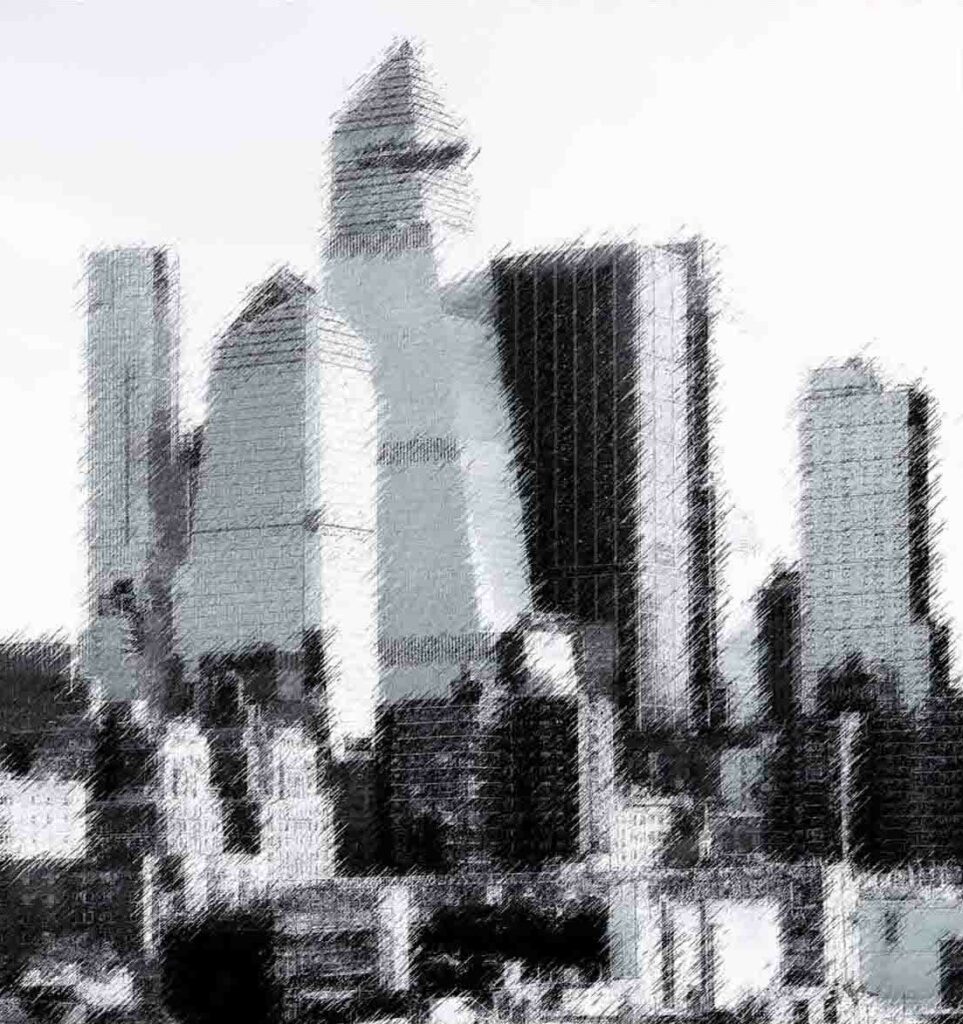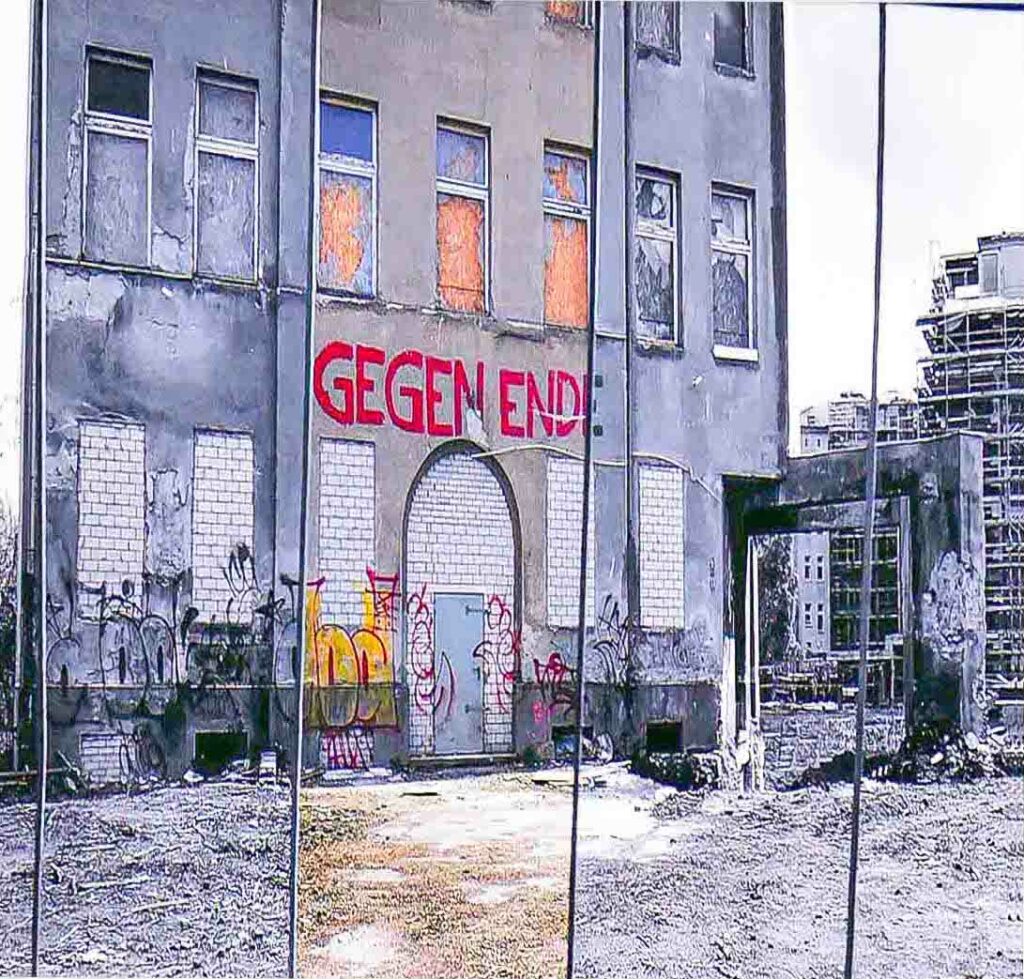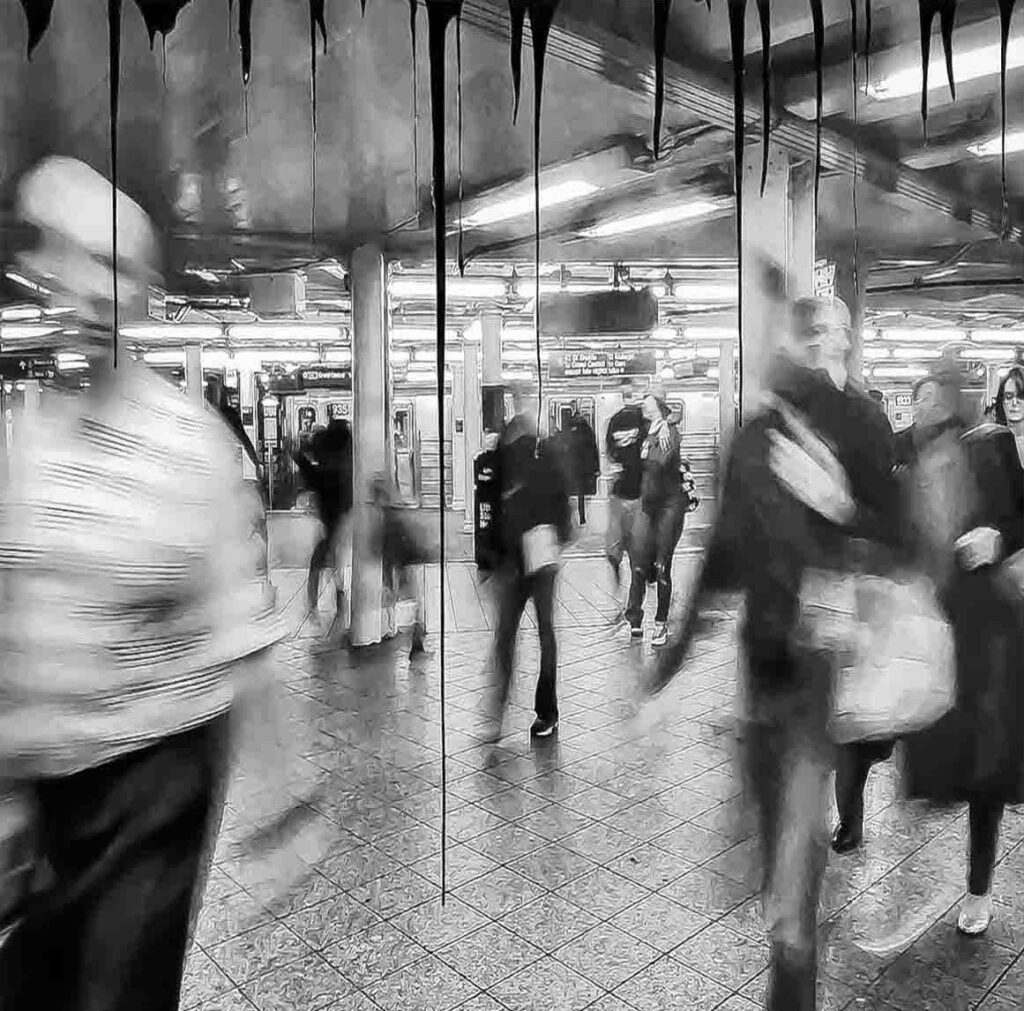About
urban resilience
and
photography.

The ambiguity.
Much has been written about the conceptual framework of urban resilience and how to operationalize it, engage all stakeholders, and make it useful to the community. But what does the concept really mean? In 2016, twenty-six definitions of urban resilience were reviewed (*), adding ambiguity to complexity. Ultimately, there is no need for a definition if we do not agree on the prerequisites and the ultimate objective backing the concept: we cannot separate people from their urban places, as both belong to the same process, the urban way of life. Understanding such prerequisites is key as it enables to conceive how our contemporary thinking articulates the relationship of urban citizens with their environment, with a one and unique objective: the well-being and well-living of people together.
(*) https://www.researchgate.net/publication/288932192_Defining_urban_resilience_A_review
Integrating photography & pedagogy.

Like most artistic approaches, photography’s strength lies in leading the way to unconventional narratives that provide a better understanding of the world. Its vision of reality enriches the collective debate and allows a significant change by shifting the perspective to more open-minded views. It provides the opportunity to understand reality differently, either through our sense of reason or our sense of emotion, or both. It helps to identify the changes, to question possible causes, to rethink the standard and the positions on which a policy is based. It will be meaningful on one condition: to connect with the experiences and sensitivities of the citizens, while ensuring that the teaching process can inform them about the threats and challenges related to the concept of urban resilience.

The technique.
As a metaphor for a world where unpredictability is the new norm, argentic paper when exposed to light, or digital paper used for installations, reflects the complexity of urban spaces. The darkening of argentic paper when exposed to daylight depends on the brightness, UV index, and angle of refraction of the light on the paper surface. This multi-parameter process recalls the intertwined causes of social drivers and the fate of hazards in vulnerable environments. Some parts of the argentic paper are fully or partially treated with fixing or developing agents at a given dilution and time, while others are left untreated. When the appropriate level of darkness is reached, the exposure to daylight is stopped, but the darkening process itself never stops and will continue with varying intensity depending on the environment. A way of questioning the resilience of urban spaces.